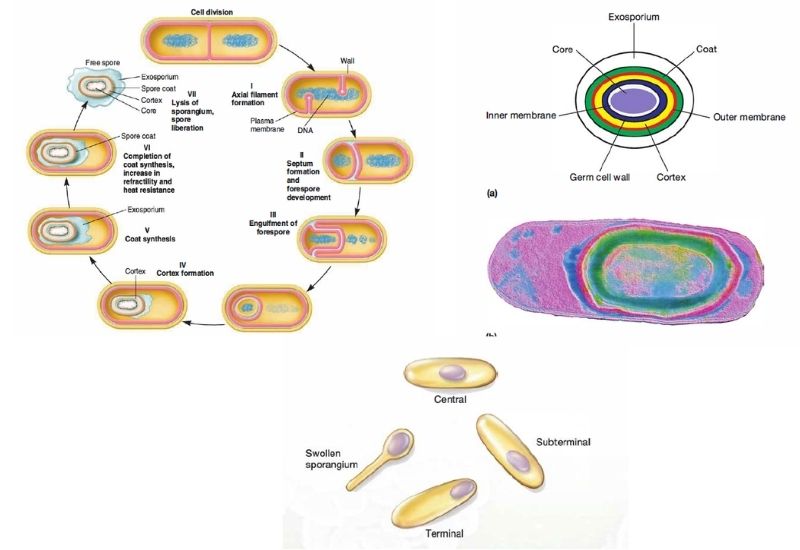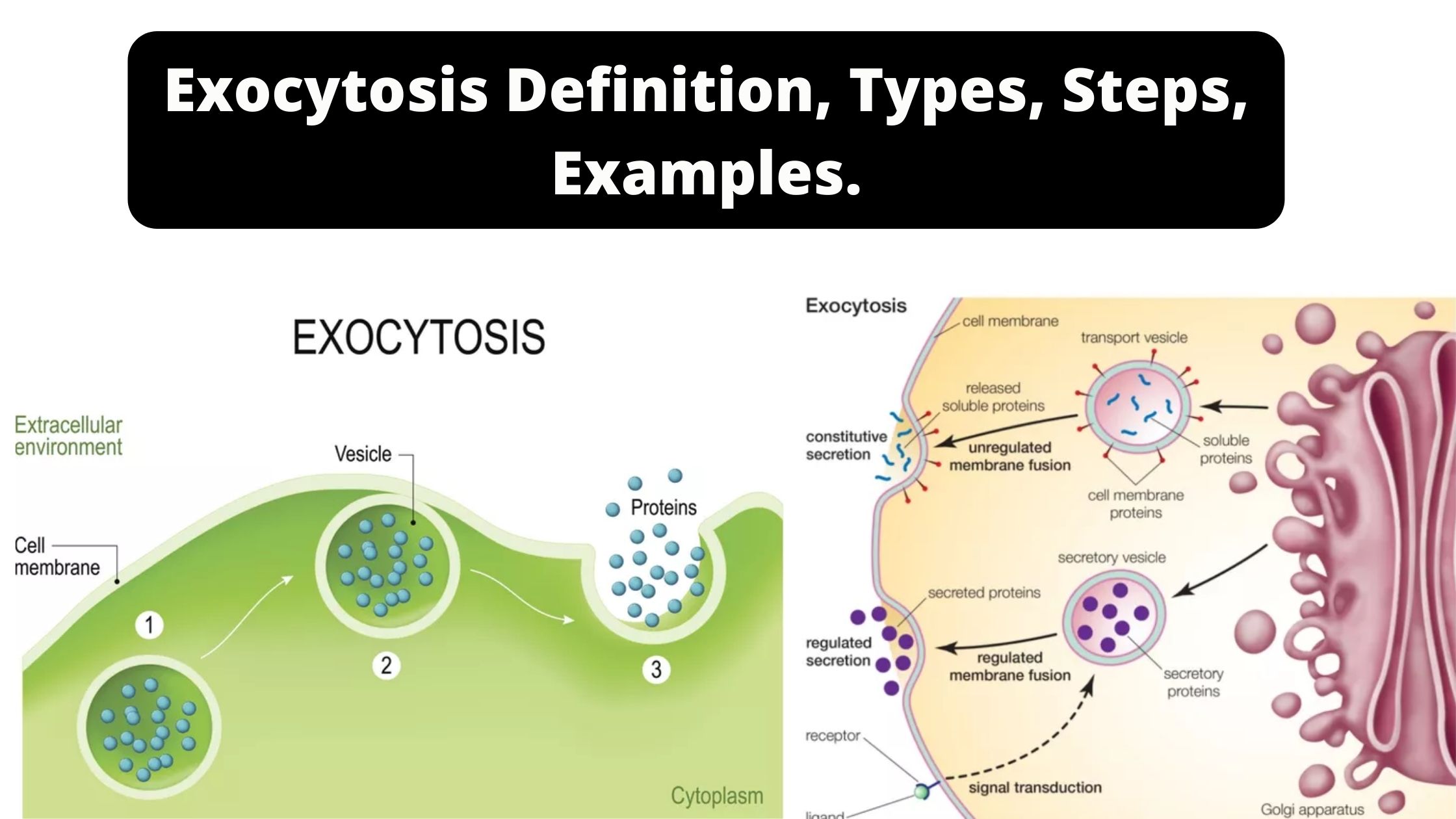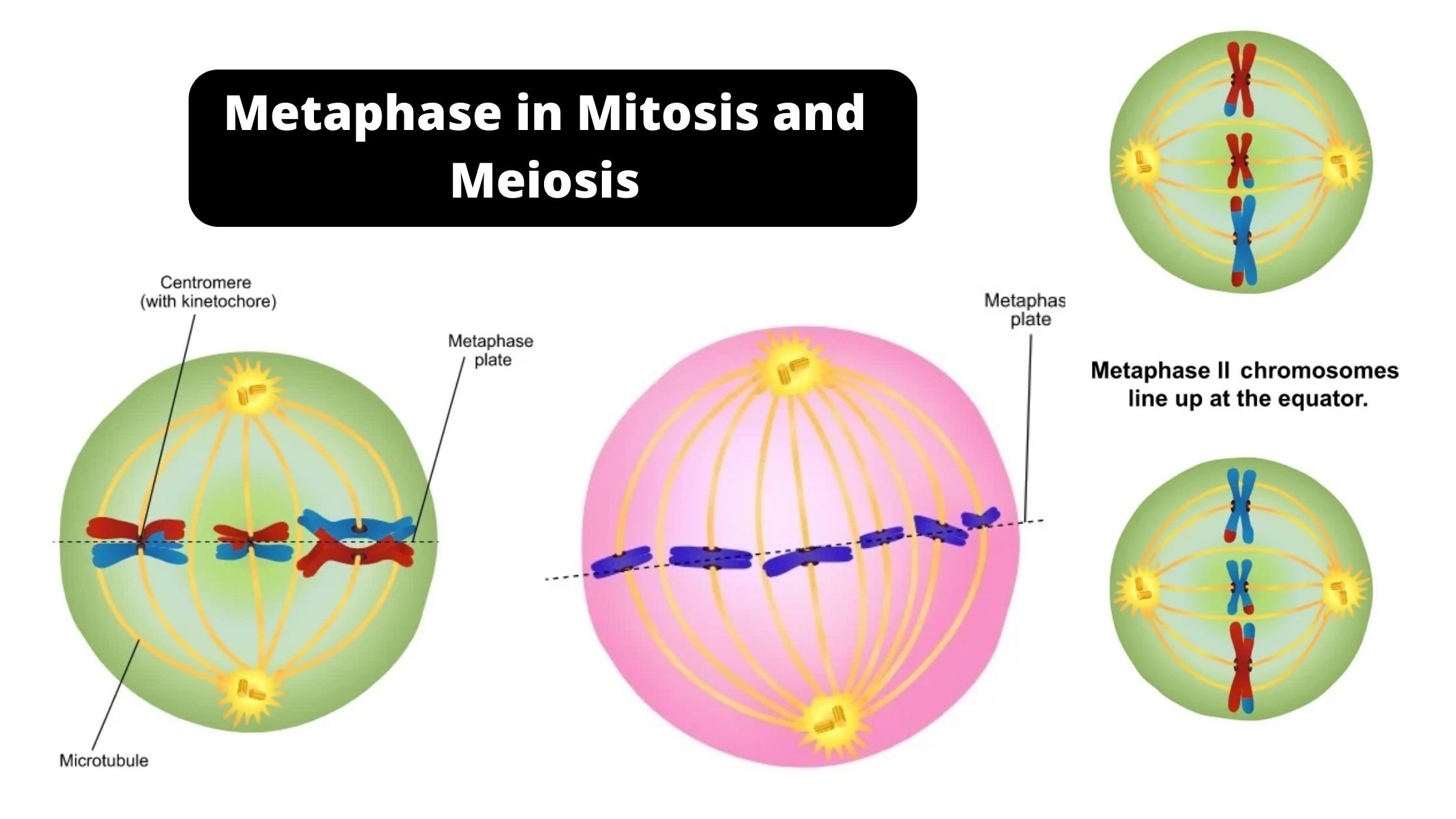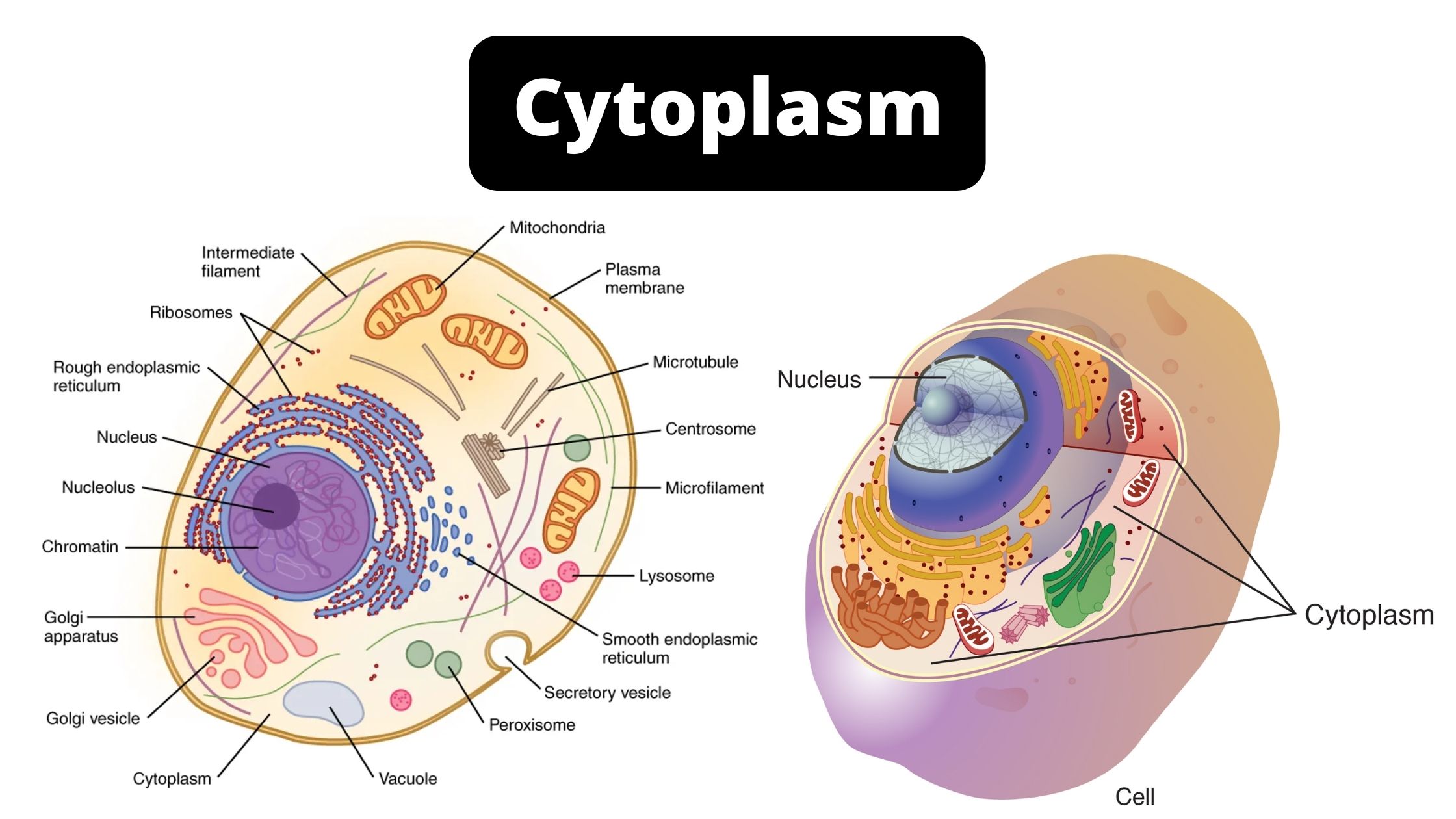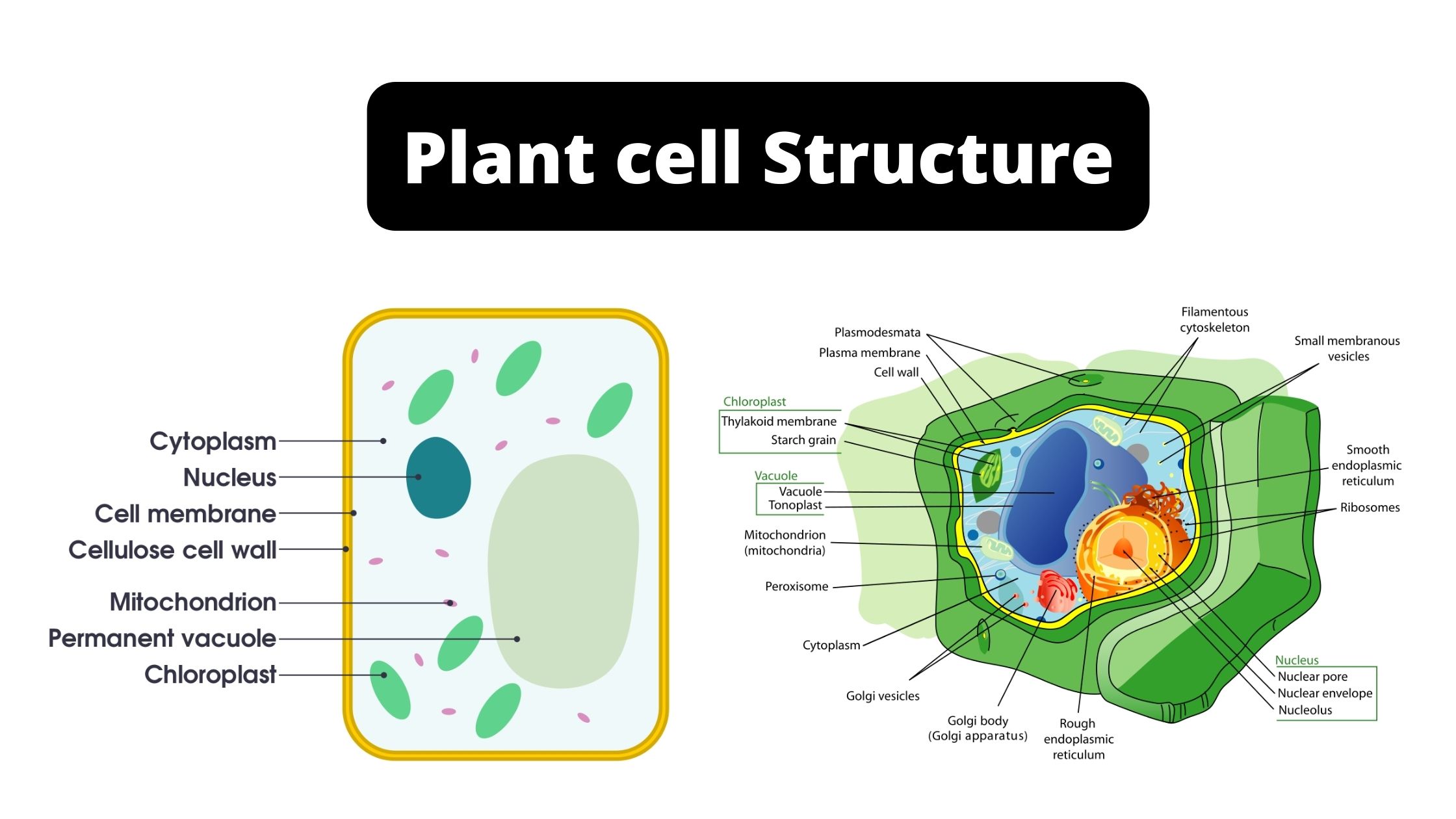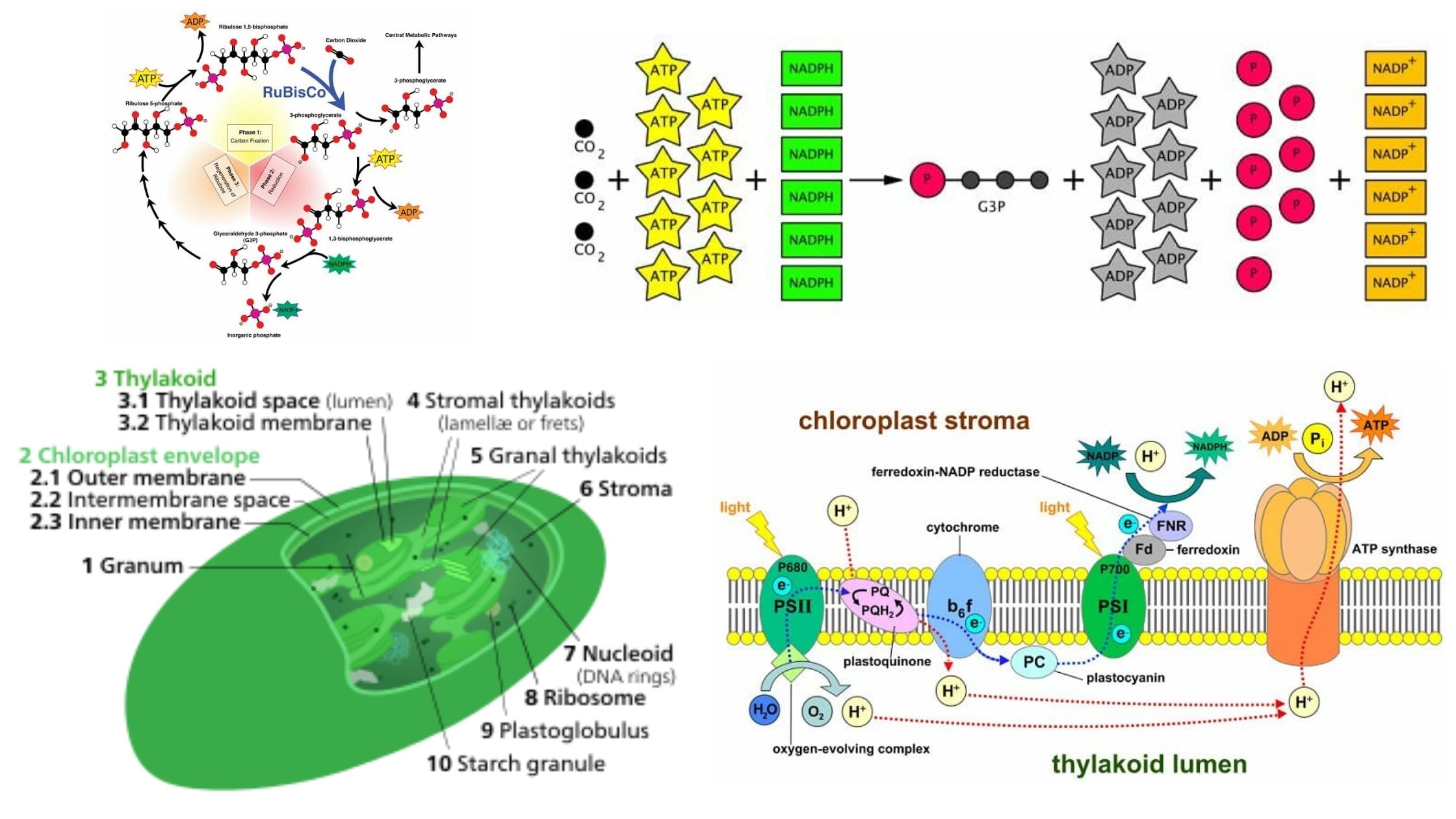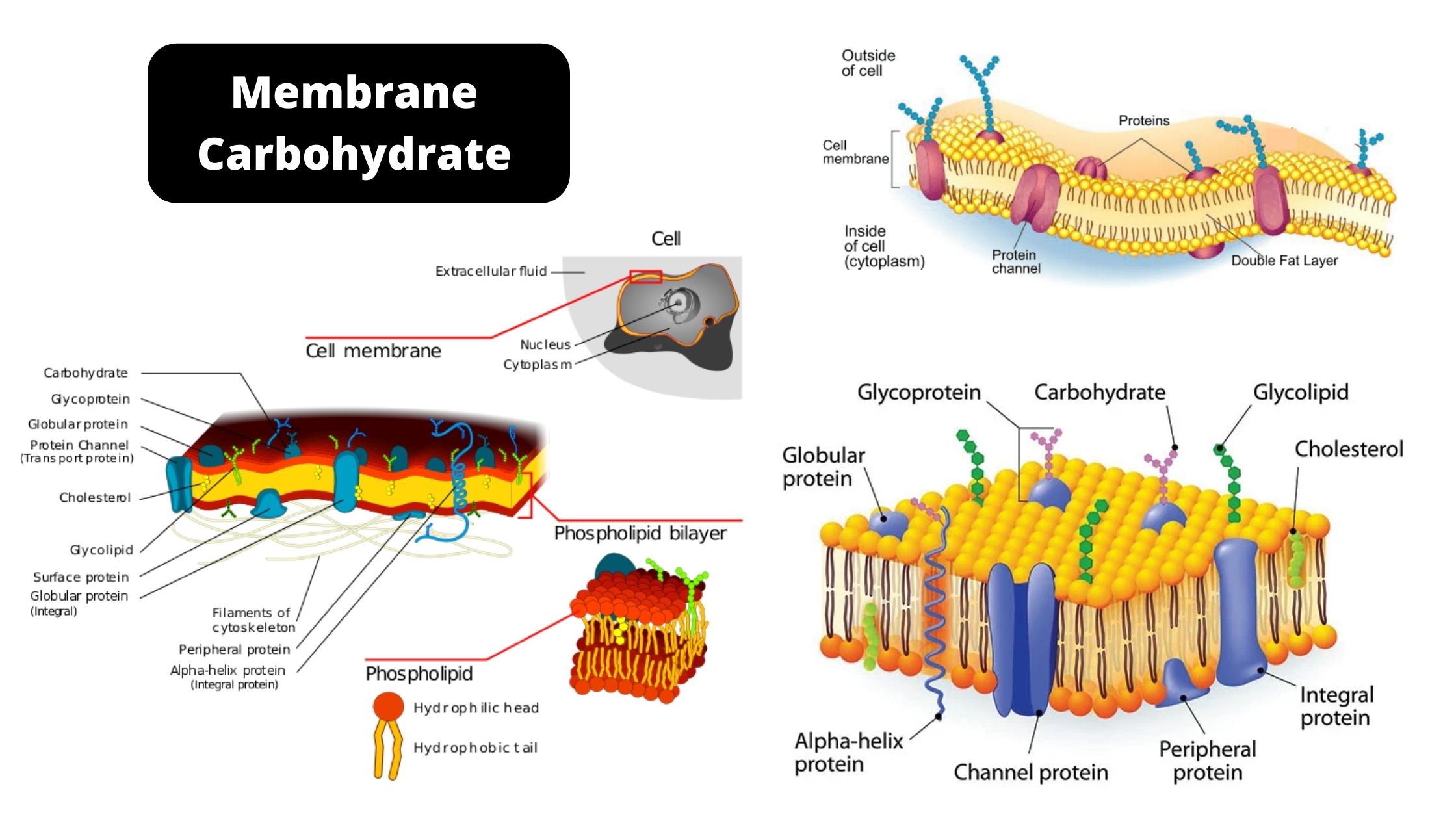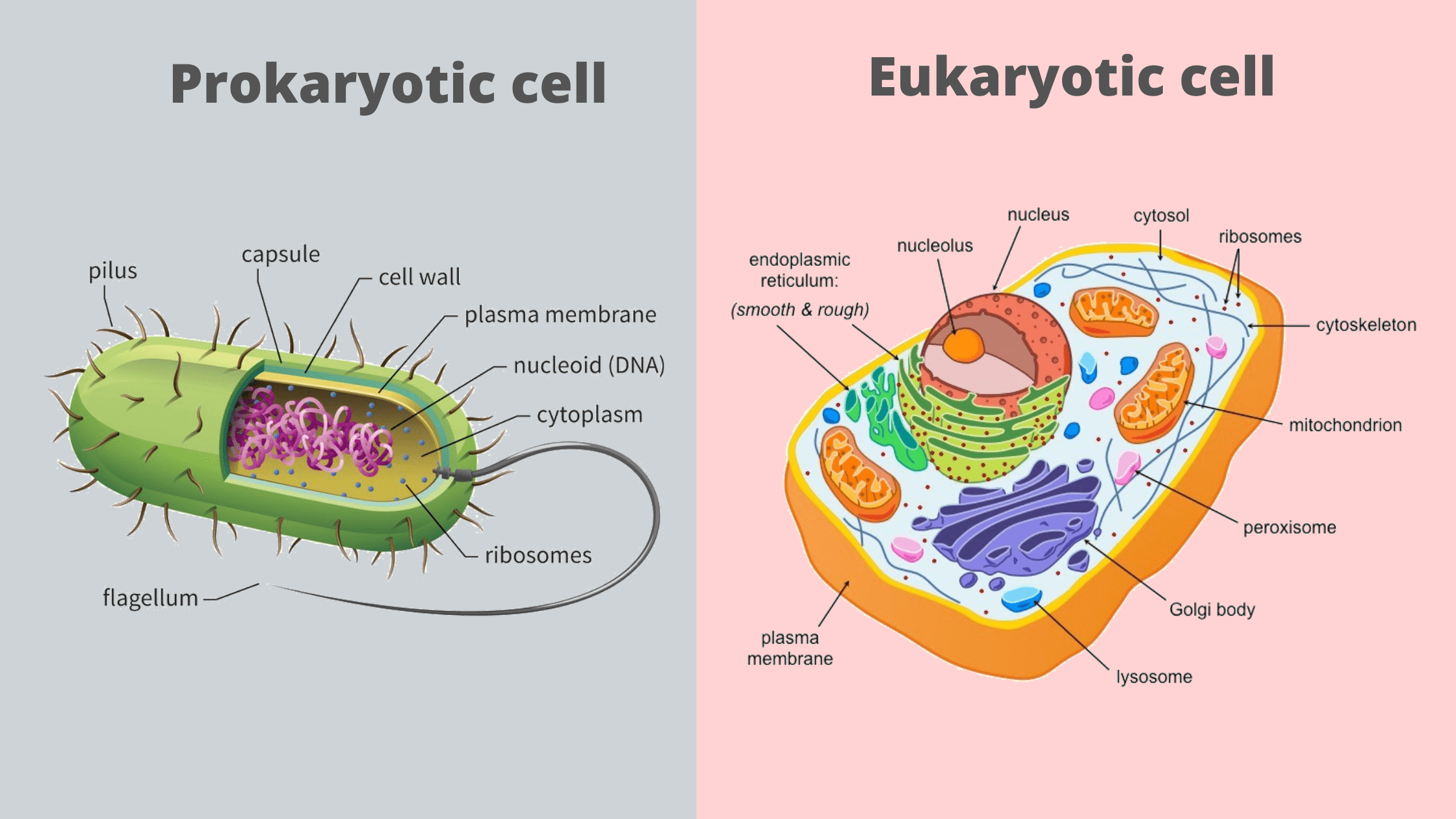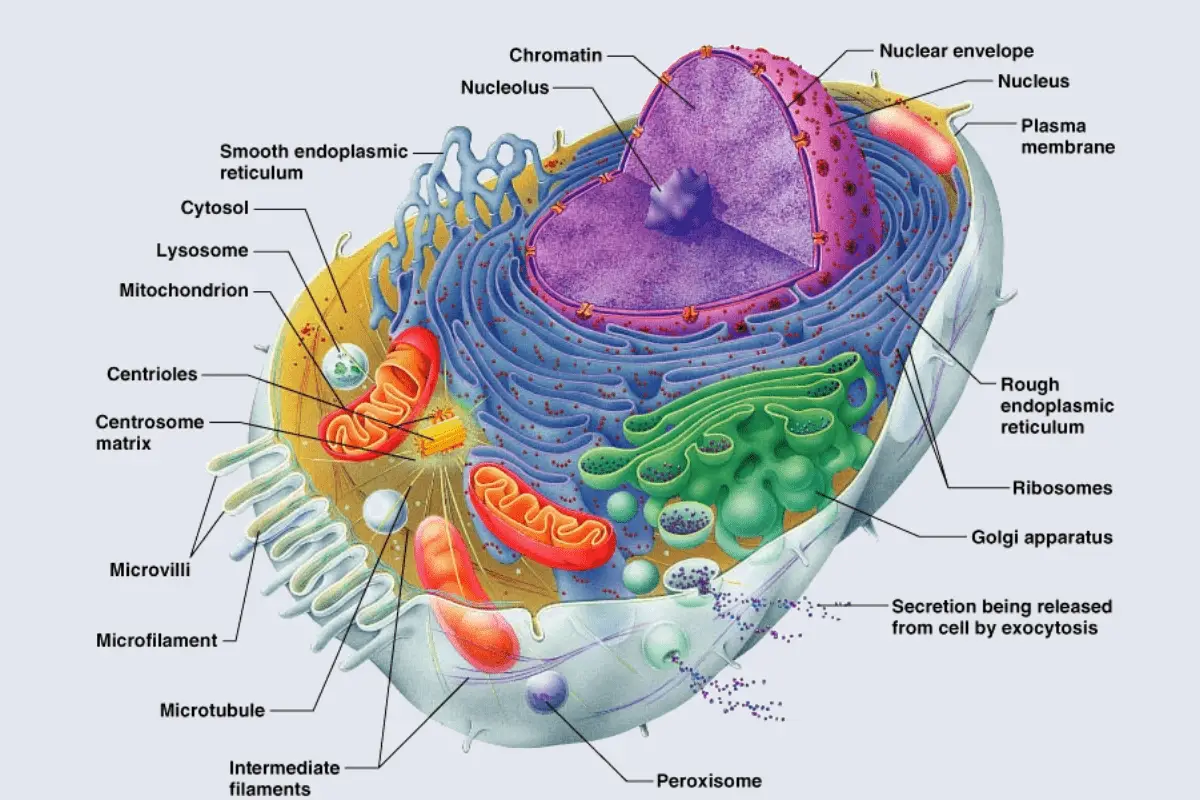Lysosomes – Definition, Structure, Formation, Functions, Types and Diagram
Lysosomes are membrane-boundand dense granular structures that contain hydrolytic enzymes that are responsible for digestion in extracellular and intracellular cells. The term “lysosome” is composed of two words “lysis” which means breakdown, and “soma” which means body. It is a crucial cell organelle, responsible for inter- and extracellular breakdown of various substances.

